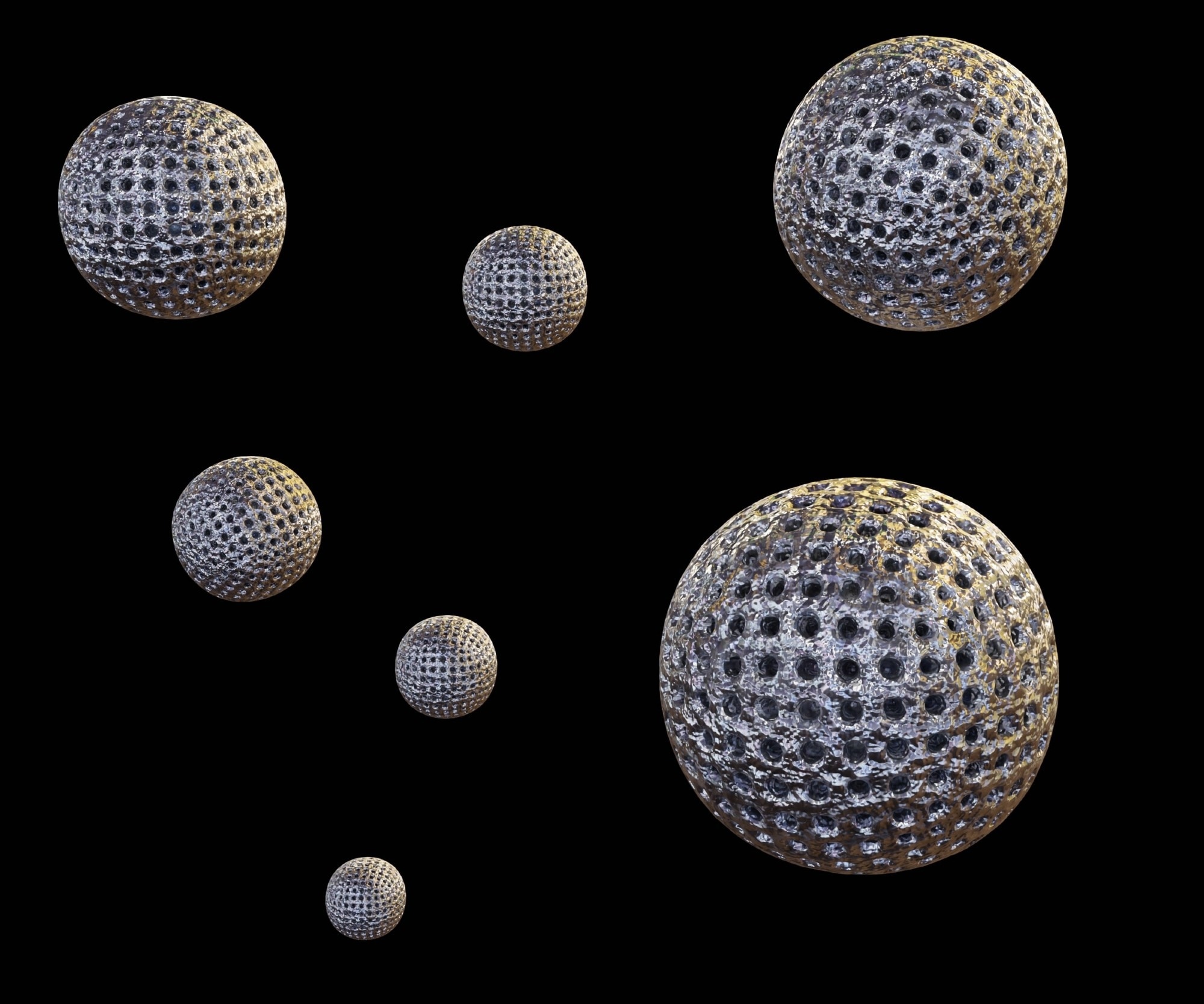In a recent article published in Scientific Reports, researchers developed a reusable nanocomposite by modifying cobalt zinc ferrite (CZF) with carbon quantum dots (CQDs) to enhance photocatalytic activity under visible light. The study underscores the potential of this nanocomposite in degrading harmful dyes, contributing to environmental remediation efforts.

Image Credit: Love Employee/Shutterstock.com
Background
The increasing pollution of water bodies due to industrial activities has raised significant environmental concerns, particularly regarding the discharge of dye wastewater. Traditional methods for treating such wastewater often fall short in terms of efficiency and sustainability.
Photocatalysis has emerged as a promising technology for wastewater treatment. It leverages light energy to drive chemical reactions that can break down pollutants. CQDs, known for their unique optical properties and high surface area, have gained attention as effective photocatalysts.
The integration of CQDs with traditional photocatalytic materials, such as metal oxides, can enhance their photocatalytic performance, particularly under visible light, which constitutes a significant portion of solar energy.
The Current Study
The CQDs-coated cobalt zinc ferrite (CZF@CQDs) nanocomposite was synthesized through a two-step process.
First, cobalt zinc ferrite (CZF) nanoparticles were synthesized using a co-precipitation method. Cobalt chloride hexahydrate (CoCl₂·6H₂O) and zinc chloride (ZnCl₂) were mixed in a stoichiometric ratio in deionized water.
In the second step, CQDs were synthesized from waste mango peels using a hydrothermal method. The cleaned and dried mango peels were subjected to hydrothermal treatment in a sealed autoclave with deionized water at 180°C for 6 hours. After cooling, the solution was centrifuged to separate the CQDs, which were then purified through dialysis to remove any unreacted materials.
To prepare the CZF@CQDs nanocomposite, the synthesized CQDs were mixed with the CZF nanoparticles in a specific weight ratio. The mixture was subjected to an in-situ oxidative polymerization process, where the CQDs were uniformly coated onto the surface of the CZF nanoparticles. The final product was dried at 60°C for 12 hours.
The CZF@CQDs nanocomposite was characterized using various techniques, including X-ray diffraction (XRD) for phase identification, scanning electron microscopy (SEM) and transmission electron microscopy (TEM) for morphological analysis, and Fourier-transform infrared spectroscopy (FTIR) to confirm the presence of functional groups.
The nanocomposite's photocatalytic activity was evaluated by measuring the degradation of Reactive Blue 22 dye under visible light irradiation, with concentration changes monitored using UV-Vis spectroscopy.
Results and Discussion
The characterization results confirmed the successful synthesis of the CZF@CQDs nanocomposite. XRD analysis indicated the formation of a crystalline structure, while SEM and TEM images revealed the uniform distribution of CQDs on the surface of the CZF nanoparticles. The FTIR spectra showed characteristic peaks corresponding to functional groups associated with both CQDs and CZF, indicating successful integration of the two components.
The photocatalytic performance of the CZF@CQDs nanocomposite was remarkable, achieving approximately 95 % degradation of Reactive Blue 22 within 25 minutes of visible light exposure. This efficiency was attributed to the synergistic effect of CQDs, which enhanced light absorption and facilitated charge separation, thereby reducing recombination rates of electron-hole pairs.
The study also explored the influence of various parameters, such as initial dye concentration and catalyst dosage, on the degradation efficiency. The results demonstrated that optimizing these conditions significantly improved photocatalytic activity, highlighting the importance of fine-tuning operational parameters for practical applications.
Moreover, the stability and reusability of the CZF@CQDs nanocomposite were evaluated over several cycles. The photocatalyst maintained its efficiency, with only a slight decrease in performance after multiple uses, indicating its potential for real-world applications in wastewater treatment. The authors discussed the implications of these findings, emphasizing the importance of developing sustainable and efficient photocatalytic materials for environmental remediation.
Conclusion
This study successfully demonstrated the fabrication of a reusable CQDs-modified nanocomposite with enhanced visible light photocatalytic activity. The CZF@CQDs nanocomposite exhibited exceptional efficiency in degrading Reactive Blue 22 dye, showcasing its potential as a viable solution for treating dye wastewater.
The research underscores the importance of integrating CQDs with traditional photocatalytic materials to boost performance under visible light, paving the way for future advancements in photocatalysis. The findings contribute to the growing body of knowledge on sustainable materials for environmental applications, emphasizing the need for continued research in this area to address pressing environmental challenges.
The authors advocate for further exploration of the mechanisms underlying the enhanced photocatalytic activity and the potential for scaling up this technology for industrial applications.
More from AZoNano: What is Quantum Mechanical Modeling?
Journal Reference
Malitha MD., et al. (2024). Fabrication of a reusable carbon quantum dots (CQDs) modified nanocomposite with enhanced visible light photocatalytic activity. Scientific Reports. DOI: 10.1038/s41598-024-66046-5, https://www.nature.com/articles/s41598-024-66046-5